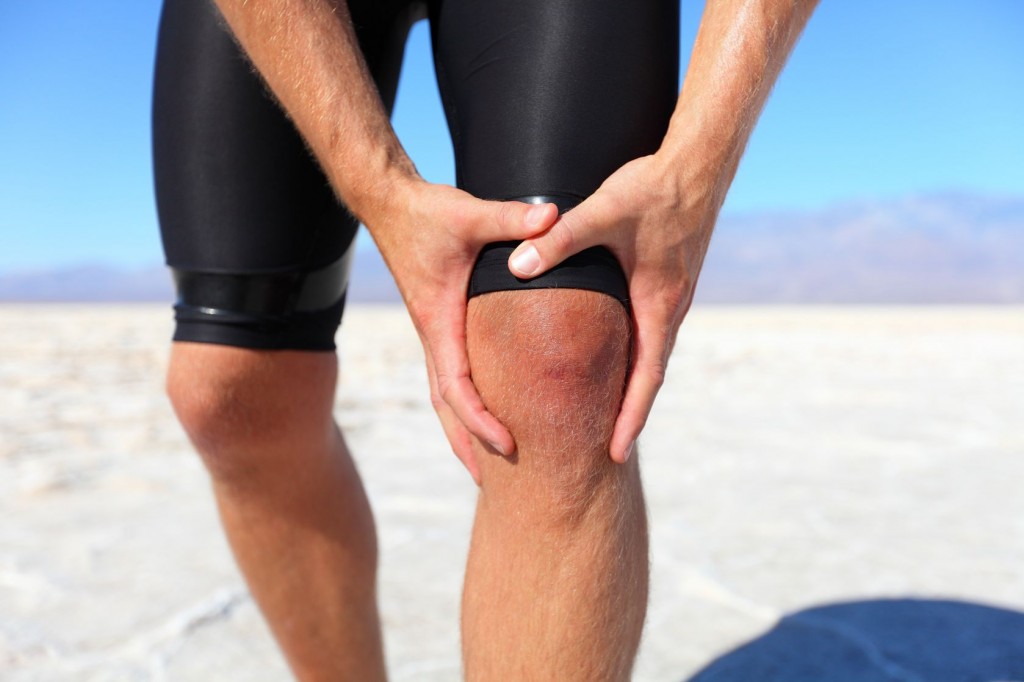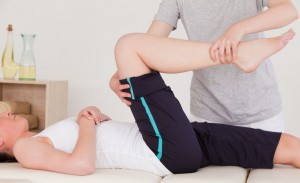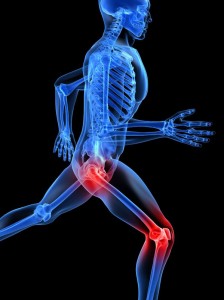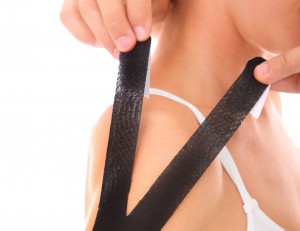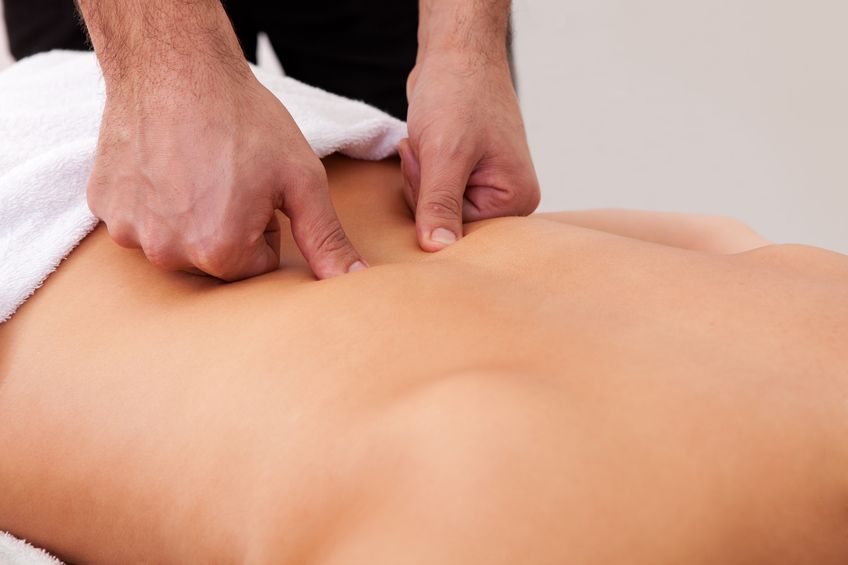Osteopathy is a form of manual therapy that can have beneficial effects for a variety of muscle and joint conditions. Osteopathic treatment involves the use a wide range of gentle hands on techniques. Treatment varies between patients depending on your age, fitness and diagnosis, but often focuses on releasing tension, stretching muscles and mobilising joints.
Benefits of Osteopathy:
- Pain reduction.
- Improved motion of the joints
- Decreased stiffness
- Improved Posture
- Prevention of complications
Effective in following sports related conditions:
- Neck pain
- Back pain
- Joint related problems
- Ligament injuries
- Stress related injuries
- Injury prevention strategies
- Speedy recovery from injury
How massage is helpful in these conditions:
- Reduce muscle tension
- Decrease swelling and pain
- Improve circulation to the affected part
How Osteopaths Treat Athletes:
Treatment of injuries primarily focuses on recovery, rehabilitation, and prevention of reoccurrence. Performance enhancement focusses on personal evaluation and goal setting. This includes assessing; fitness, joint mobility, strength, muscular function, nerve function and posture.
Types of sports injuries:
Sports injuries can be categorized in to two groups.
- Acute traumatic injuries:
It includes fractures, sprains, strains, concussion, cuts, and head injuries. For example a blow to the knee when tackling, or a direct hit by a bat etc.
- Overuse injuries:
Stress fractures, tendonitis, runner’s knee and tennis elbow are characterized as overuse injuries. They happen due to continuous exercises such as running and serving a ball in tennis.
Osteopathic techniques:
- Mobilization of joint
- Stretching exercises
- Soft tissue techniques
- Massage
- Joint manipulation techniques
- Acupuncture and dry needling
Joint Mobilization:
This technique is used to improve range of motion in a joint and help restore pain free joint movement. This can benefit by restoring motion to an area restricted due to injury or overuse. This can have positive effects by improving musculo-skeletal function and improving fluid flow in and out of the specific joint (almost like lubricating a stiff joint).
Muscle stretching:
Vigorous exercises are associated with tightening of muscles. The stretching exercises help to lengthen and relax tight muscles. This can help; improve flexibility, increase joint range of motion and relieve pain caused by tight muscles.
Massage Techniques
Soft tissue massage is often used to improve circulation and reduce pain to an area. It is also effective in easing tight muscles that may be responsible for restriction or pain.
Joint Manipulation Techniques
Joint manipulation techniques are advanced, powerful mobilisation techniques for specifically mobilising restricted joints. Manipulation is often associated with an audible clicking noise as the joint releases. Effects include; improved range of motion and decreased pain. Manipulation techniques can also have an effect of neurological feedback mechanisms, causing local muscle relaxation and pain inhibition.
Strapping and Taping
Strapping and taping techniques are used to restrict or immobilise a joint. Sometimes following an acute injury rest and immobilisation can benefit the area by preventing re-irritation and allowing the bodies healing process to take place.
Taping can be a great way to restrict or immobilise an area whilst allowing you to still carry take part in sport.
Acupuncture
The main therapeutic effects of acupuncture are achieved through stimulation of the nervous system, these effects have been shown to; improve nutrient flow to an area, stimulate the release of your body’s own pain killers (endophines), inhibit the activation of neurological pain pathways. This overall, helps to decrease pain experienced and helps create an environment for your body to heal.
